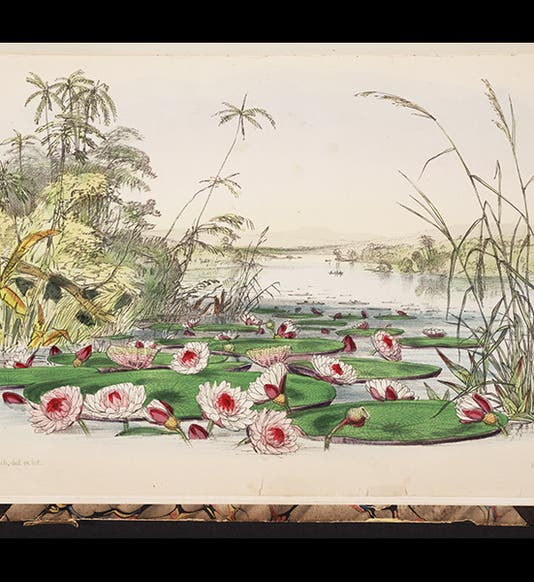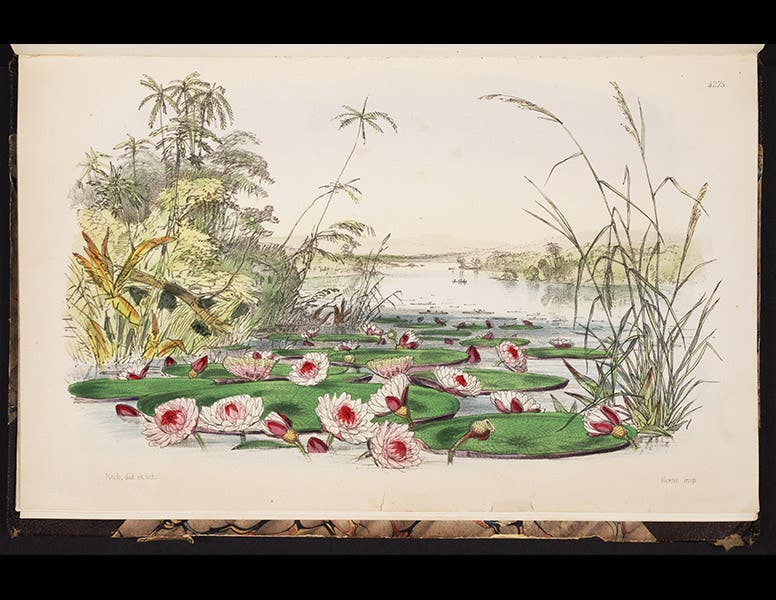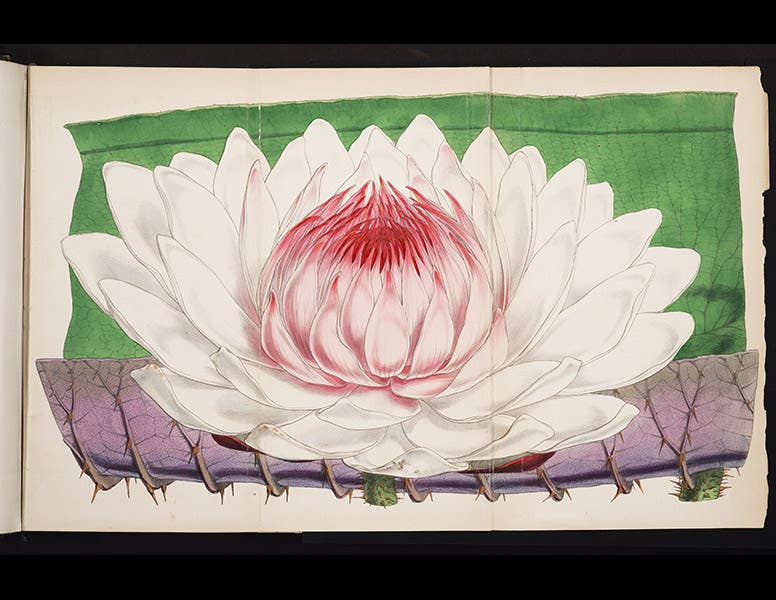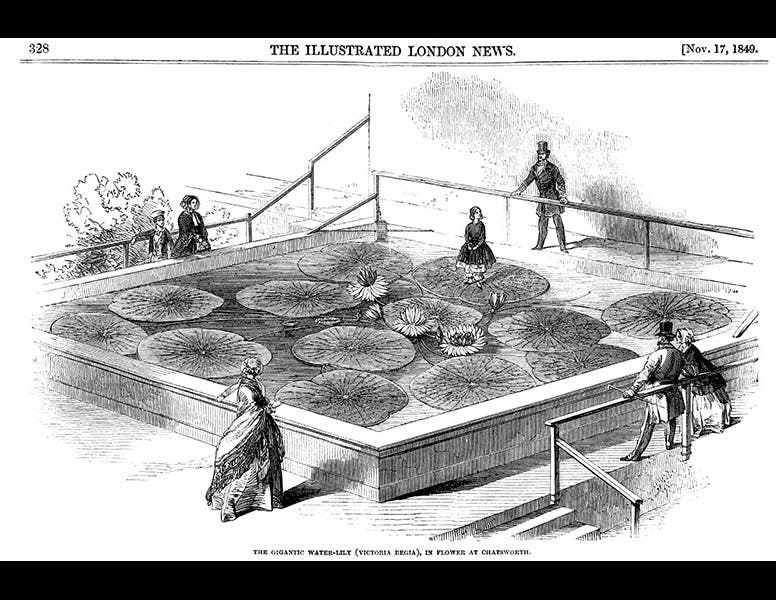Scientist of the Day - Robert Schomburgk

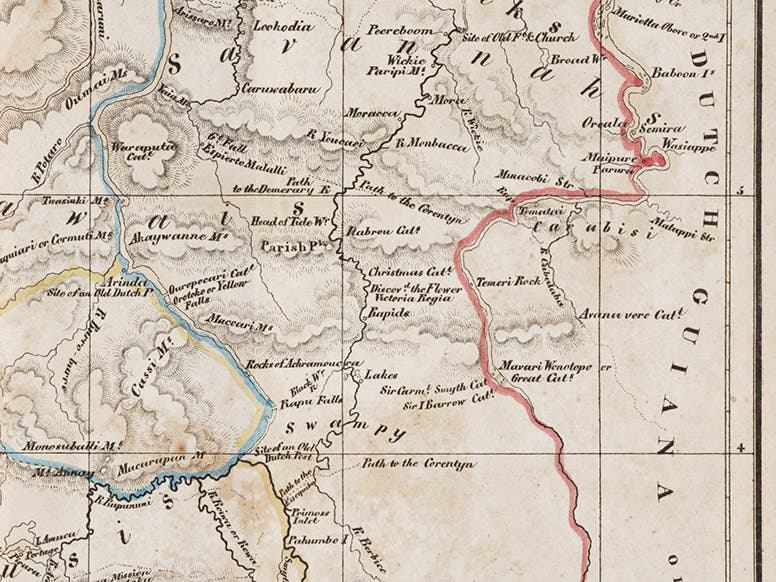
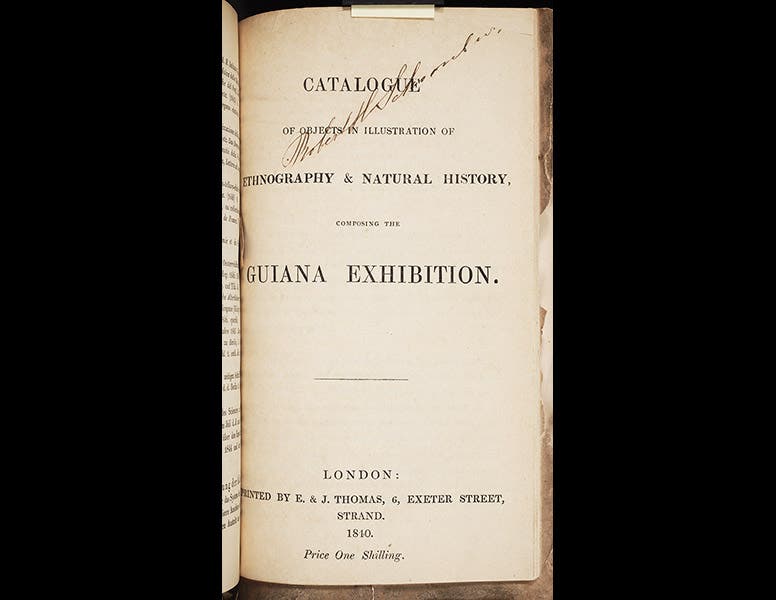

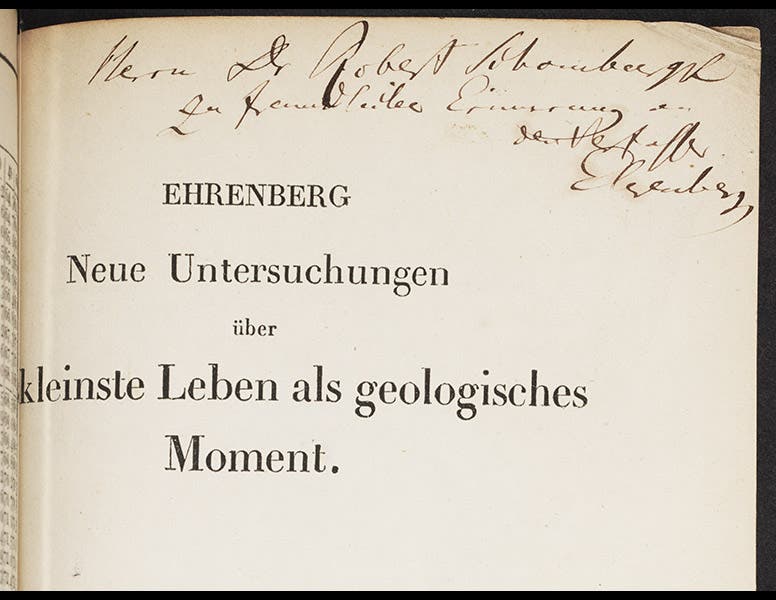
Robert Hermann Schomburgk, a German/ English explorer and surveyor, was born June 5, 1804. After an early career in commerce that gave him nothing but grief, he decided to have a go at surveying and, at his own expense, mapped the little-explored island of Anegada in the Virgin Islands. He sent the fruits of his labors to the Royal Geographical Society (RGS) in London. The Society was only a few years old at the time and were perhaps naively impressed by Schomburgk's work; anyway, although Schomburgk had no other surveying experience, they commissioned him to go to British Guiana and exercise his talents there. British Guiana was about as old as the RGS, having been founded in 1831, so it seems Schomburgk, the RGS, and British Guiana went through adolescence together. Schomburgk published a book on his explorations in 1840, as well as a coffee-table book of illustrations; he was then was hired by the British government to return to British Guiana and establish proper boundary lines between the British colony and the neighboring countries of Venezuela, Dutch Surinam, and Brazil, which he did, although the Schomburgk boundaries would be contested by all parties until the early 20th century.
But what really made Schomburgk famous in England was his discovery of an exotic plant: the giant Amazon water lily, Victoria regia (now Victoria amazonica; first and second images). Actually, Schomburgk was far from the first European to observe and describe the plant, but when he sent back an account and seeds in 1837 to the Royal Gardens at Kew, he struck some kind of a chord with the public, perhaps because the lily was huge and otherworldly, perhaps because it was named for the young, newly-enthroned queen. Kew Gardens tried to get one to flower for a decade, but that honor went to the Duke of Devonshire , who built a special Amazonian-lily hothouse at Chatsworth and whose gardeners coaxed one into bloom in 1849 (third image). Two years before, Curtis's Botanical Magazine had published a special issue on the Victoria regia, using illustrations supplied by Schomburgk (first and second images).
We have a unique volume in our History of Science Collection that consists of 14 tracts, mostly by Schomburgk, but a few by others, which was evidently put together by Schomburgk himself. One of the treatises is an 1841 German edition of his 1840 Travels, which includes a folding colored map of British Guiana (fourth image). In a detail (fifth image), you can see a location labelled: "Discoverd the flower Victoria regia." Another tract is a catalog of a "Guiana Exhibition" that Schomburgk mounted in London in 1840 to display artifacts brought back from South America (sixth image). One of the papers not by Schomborgk was written by the noted German authority on infusoria (protozoa), Christian Gottfried Ehrenberg, who published a paper on microbiology in 1845. Apparently impressed by Schomburgk’s foray into foraminifera (seventh image), he sent Schomburgk a copy of his own paper, with an inscription to Schomburgk, who happily bound it up with his collection (eighth image).
Dr. William B. Ashworth, Jr., Consultant for the History of Science, Linda Hall Library and Associate Professor, Department of History, University of Missouri-Kansas City. Comments or corrections are welcome; please direct to ashworthw@umkc.edu.

